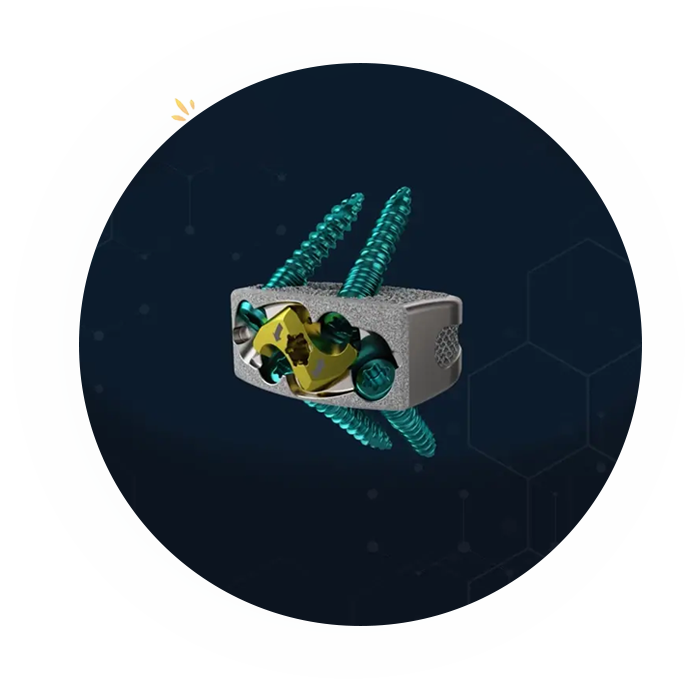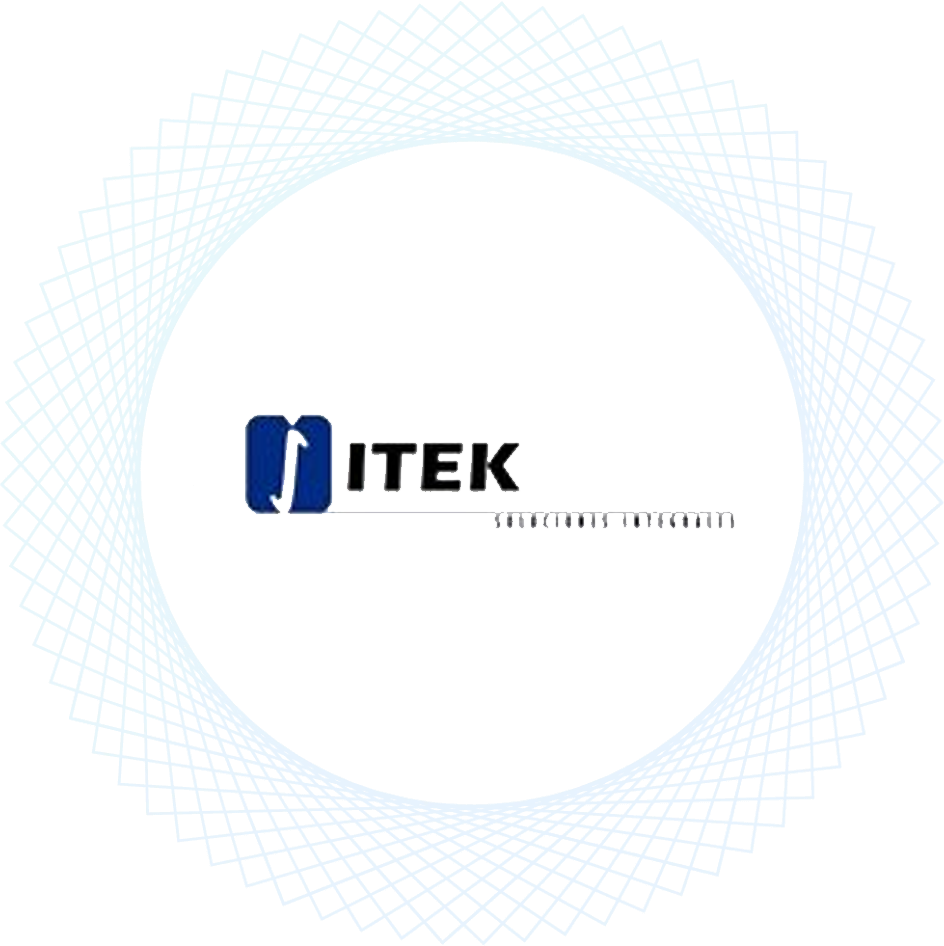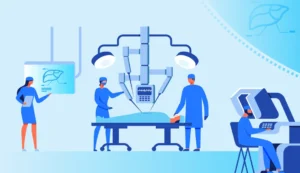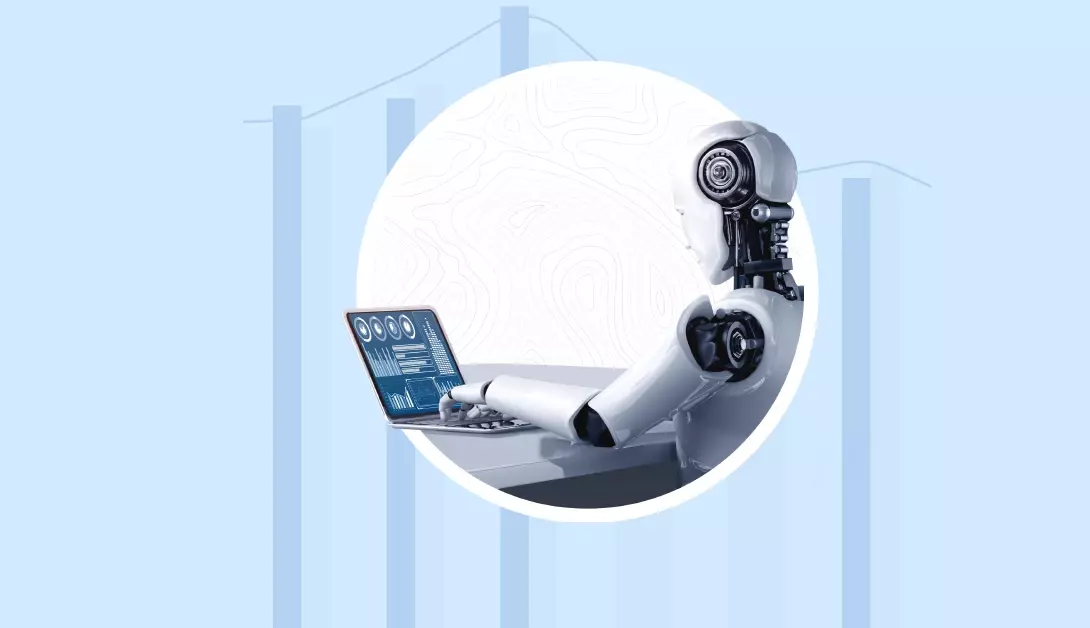What is Medical Device Risk Management?
Risk management plays a crucial role in the medical device product development lifecycle. Medical device risk management is to ensure the reliability of the product, its proper functioning, and the safety of patients, operators, and the environment. The risk management cycle aims to create dependable medical devices by minimizing the likelihood of failures.
ISO 14971:2007 outlines guidelines for medical device manufacturers to navigate the potential hazards associated with their products. This standard provides a structured process to prevent these hazards.
Similarly, other regulations also mandate risk management protocols in developing medical devices. While these approaches may differ, their ultimate goal remains consistent: to uphold safety and minimize risk.
Request an Online Demo









































